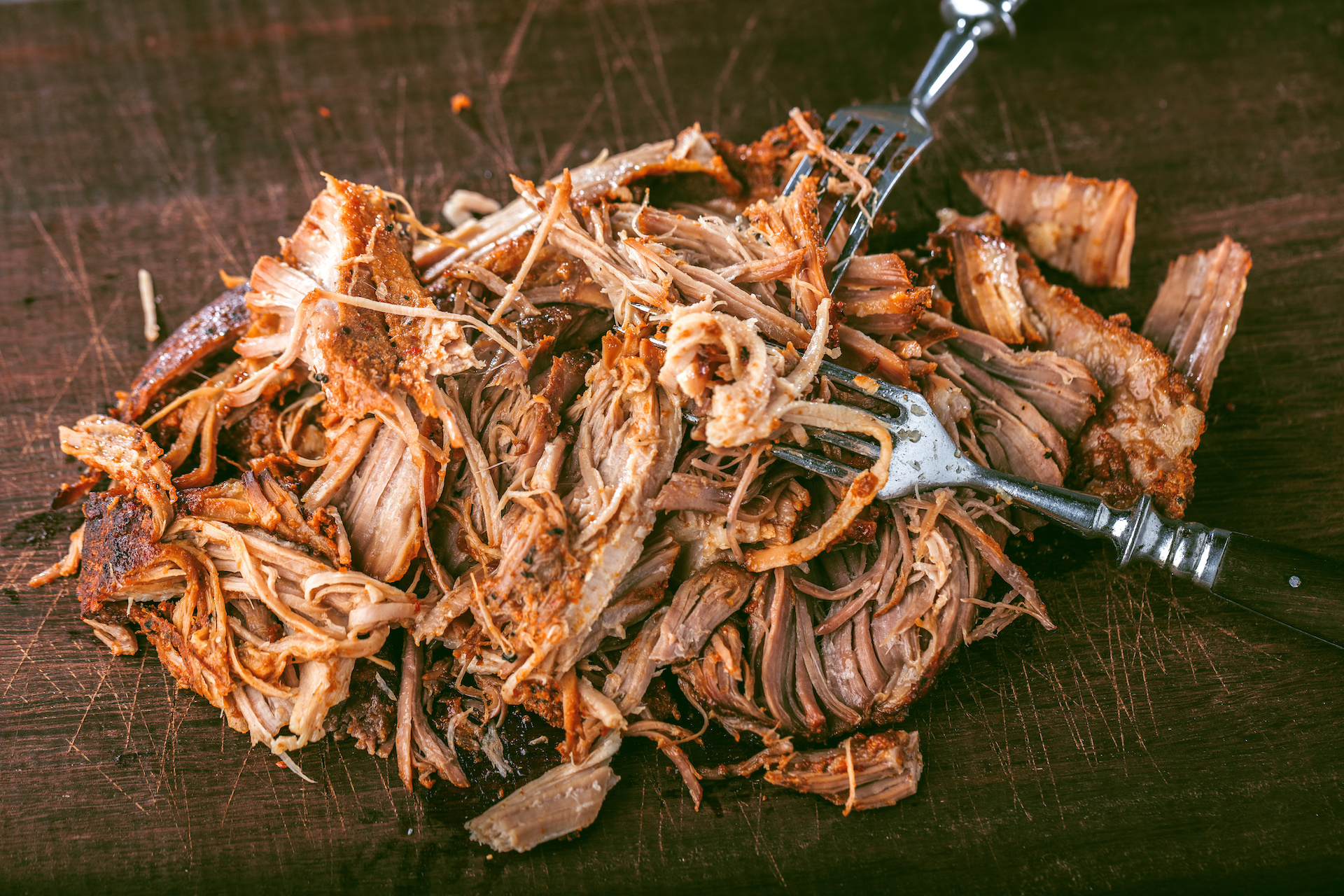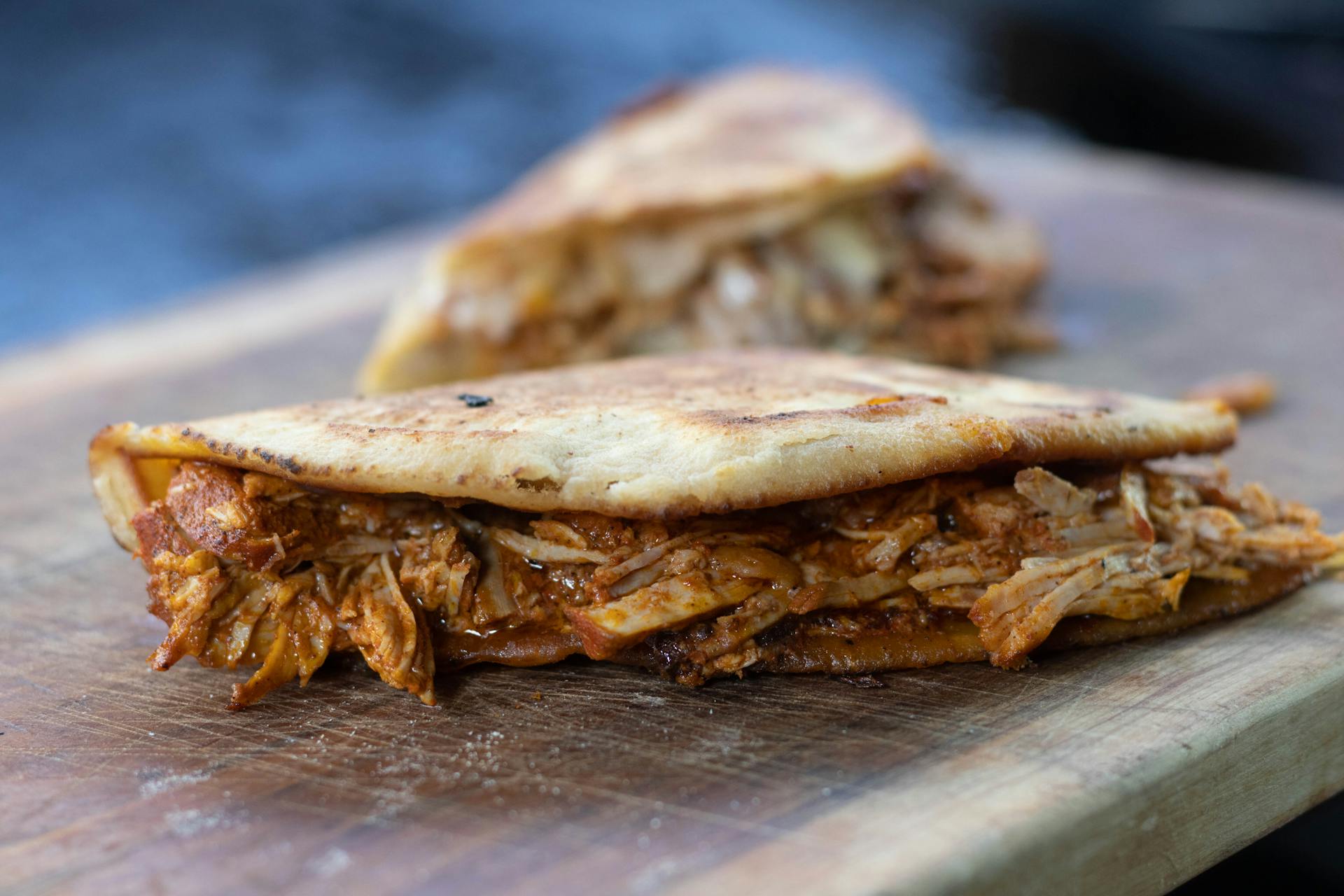
Pulled pork is one of those foods that’s heavenly on or in just about anything, any time of the year, for any reason whatsoever. In burritos, quesadillas, nachos, soups, salads, over rice or pasta, or simply slapped between two buttery, toasty buns, pulled pork is one of the more delicious indulgences one can make. Even simply piled atop a paper plate next to the grilled corn on the cob and crisp green apple coleslaw, this dish shines in all its sweet and spicy glory.
In addition to its deliciousness, versatility, and easiness to prepare, pulled pork has another perk that anyone who regularly enjoys this delicious dish already knows – there are always leftovers. It doesn’t matter how much you’ve made or how many people you served. In the end, there’s always leftover pulled pork. And while this is a gift, to be sure, it isn’t always clear how to reheat this incredible ingredient. Thankfully, there are plenty of options. So, if you’ve ever wondered how to reheat pulled pork, we’ve got you covered.
In the oven

Reheating pulled pork in the oven may take a few more minutes than other methods, but it will leave you with an evenly heated dish that will make the whole house smell incredible a second time around.
To use this method, simply spread the leftover pork in a shallow baking dish mixed with a few splashes of extra sauce or broth. Cover the pan with a lid or layer of foil and bake at 225 F for about 30 minutes.
On the stove
Pulled pork reheats extremely well on the stove. The secret is to make sure it stays moist over the heat, where moisture is quickly evaporating away. The best way of doing this is to place the pulled pork in a heavy-duty skillet with added moisture in the form of extra sauce or broth, and cook on low-medium heat for about 10 minutes until the pork reaches a temperature of 165F.
In the air fryer

While air fryers are now hugely famous for making just about anything you might cook up, they aren’t necessarily the first kitchen gadget that comes to mind when it comes to reheating leftovers until now. The air fryer is actually a fantastic way to reheat last night’s dinner – especially if those leftovers are pulled pork.
To reheat pulled pork in the air fryer, portion individual servings in small ramekins with a splash of sauce or broth. Cook the ramekins at 320F until the pork reaches an internal temperature of 165F, about five to six minutes.
In the microwave

Ah, the microwave – that good old, tried and true stand-in for reheating leftovers. While the microwave may come with its limitations in the form of a cold spot or two, it’s still a great way to reheat your pulled pork when done correctly.
Along with your added moisture in the form of broth or sauce, add the pork to a microwave-safe dish and cover tightly with a lid or plastic wrap. Cook on high for two minutes at a time, stirring every 30 seconds or so to properly distribute the heat.
In the slow cooker

The slow cooker is admittedly not the speediest method of reheating your pulled pork—it’s built right there in the name. But it is a great way to get the job done, make your house smell wonderful, and enjoy pulled pork that’s every bit as delicious as it was the day before.
To reheat your pork in the slow cooker, mix it together with your sauce or broth and place it into your slow cooker bowl. Using the ‘warm’ setting, allow the pork to reheat between two and four hours, checking to be sure the internal temperature has reached 165F before serving.
On the grill

The grill is another method that we don’t really consider first when it comes to reheating leftovers, but it’s actually a deliciously easy and quick way of getting the job done.
To reheat leftover pulled pork on the grill, start by creating a two-zone cooking area by turning only one side to high and leaving one side off. While the grill is heating, wrap the pork in two layers of foil with a splash of extra sauce or broth and seal the package well to avoid any leakages. Place the foil package over the side of the grill that is not turned on and is just receiving indirect heat from the other side. The pork should be a perfect 165F in just about three to four minutes.




